Disappearing Dollars: Four iconic IndyCar sponsors who've faded to memory

Racing is an expensive business. From the minor levels all the way up to the major series, the amount of money needed to take a driver from just starting out to become a race winner and champion can rank in the tens of millions of dollars. Sometimes decisions about liquidity end up being the factor between picking a well-funded driver with more marginal talent over a top-flight racer with thinner pocketbooks.
But for years, the primary way that the IndyCar community has offset some of the operating costs, is, of course, sponsorships. Racing endorsement deals have been around since the very beginning, with cars built by the then dozens of auto manufacturers being raced to see which car would stand up to the rigors of high-performance racing.
Ray Harroun was driving a Marmon Motor Car Company “Wasp” when he won the first Indianapolis 500 in 1911. From there, among the earliest Indianapolis 500 winning cars are a Who's Who of early auto (and some still around) manufacturers: Peugeot, Duesenberg, Mercedes, Delage and National Motor Vehicle Corporation (Fun fact, the 1912 500 was won by Joe Dawson, in a National Model 40, the only time a stock car ever won the race).
Auto parts and lubricant manufacturers were not far behind. More early Indianapolis 500 race winners included cars sponsored by Noc-Out Hose Clamps, Blue Crown Spark Plug and, of course, Bowes Seal Fast. Later, Pennzoil, Texaco, and Valvoline would shine on race-winning and championship-winning Indy cars.
As racing gained popularity in America during the 1950s and 1960s, more consumer brands started to appear in IndyCar. Sheraton Hotels would famously sponsor A.J. Foyt’s 1964 Indianapolis 500 entry - the last front-engined car to win the race. Johnny Lightning toys would sponsor the back-to-back wins of Al Unser in 1970 and 1971. Tobacco brands like Kool, Viceroy, Skoal and Player’s, alcohol brands like Miller, Coors Light and Molson, and fast food brands like Hardee’s and Pizza Hut became iconic, and sharing their names evoke images of memorable cars and drivers from during the sport’s peak in the 1980s and 1990s.
But, after the CART/Indy Racing League split in 1996, and the ultimate decline in television ratings that came from split audiences between the IRL and CART, sponsorship became tougher to come by. Driven primarily by less-than-stellar television audiences, sponsorship dollars started to quickly dry up in the IndyCar series. This left many long-time sponsors with tough decisions and many chose to move their money toward NASCAR, or out of racing altogether in favor of other forms of marketing.
The perfect storm came with the signing of the Tobacco Master Settlement Agreement (MSA) in 1998 which severely limited tobacco advertising in motorsports after nearly 50 years. It couldn’t have come at a worse time, and tens of millions of dollars in funding disappeared nearly overnight.
Today, we take a look back at four sponsors whose logos were once an iconic part of IndyCar history, but due to various circumstances, no longer appear frequently (if at all) on the IndyCar circuit.
**********
MARLBORO
In 1970, President Richard Nixon banned tobacco advertising on television and radio in the United States. Starting in early 1971 when the ban took effect, tobacco companies had far fewer mechanisms to reach potential consumers, and they started to turn to motorsports as a way to find audiences.
In 1971, Marlboro briefly sponsored the USAC Championship trail only to leave the sport when competing sponsorship from Viceroy cigarettes, backers of the new Vel’s-Parnelli Jones super team, threatened the exclusivity rights the entitlement sponsorship would bring. USAC chose to allow more sponsorship competition over granting an exclusive license, and after a single year, Marlboro was gone. In 1972, Marlboro started its long relationship with Formula 1 teams and drivers by picking up primary sponsorship of the BRM team and later moving to McLaren for a lucrative, and successful partnership that would run through the middle 1990s.
Marlboro didn’t return to IndyCar in a big way until 1986 when it partnered with Patrick Racing to join former two-time Formula 1 World Champion Emerson Fittipaldi, who had been long associated with Marlboro from his Formula 1 days with McLaren.
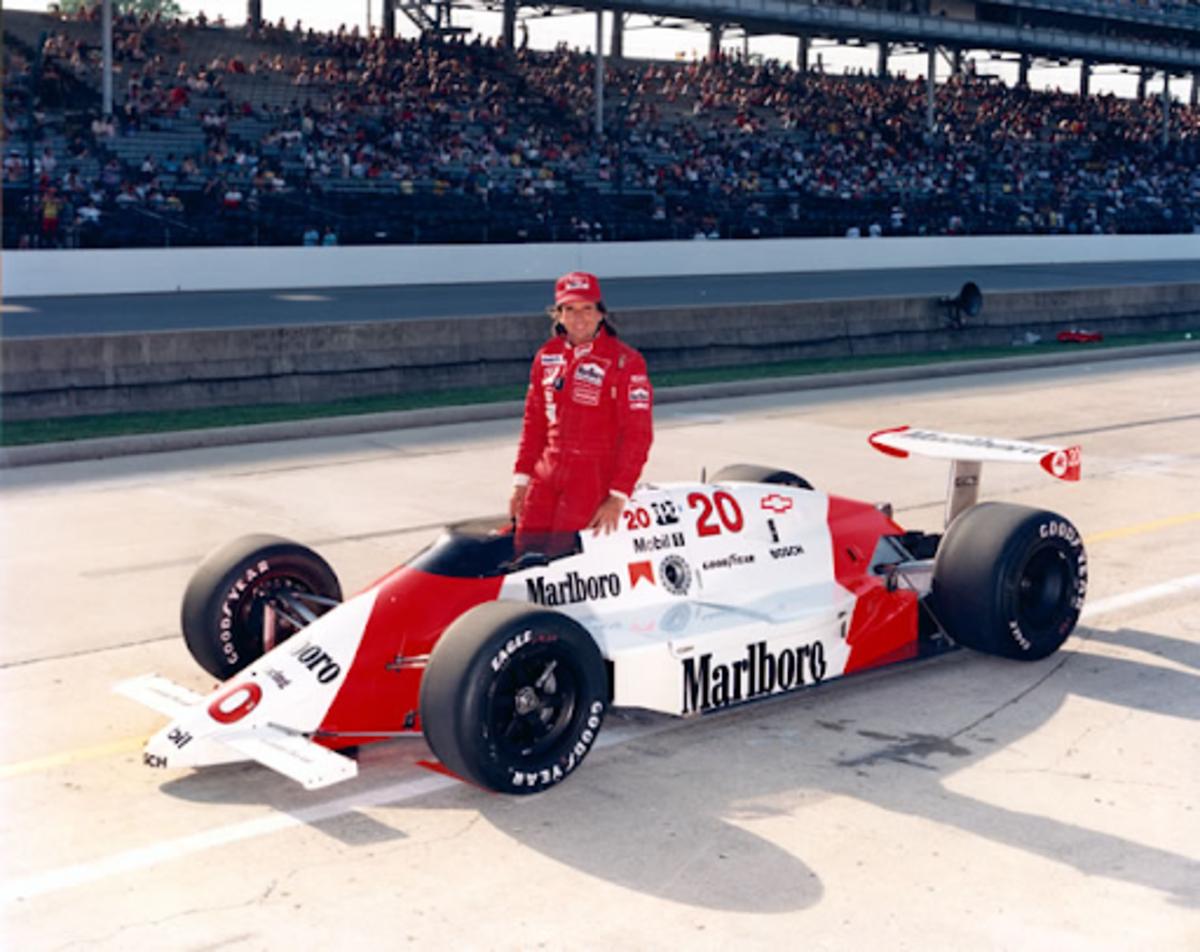
In 1989, Marlboro sponsored both Patrick Racing and Team Penske. In an agreement for sharing Marlboro sponsorship, and in preparation for Patrick’s eventual retirement, Penske supplied Patrick Racing with customer cars, one of which went on to win the 1989 Indianapolis 500 win with Fittipaldi behind the wheel. This agreement left the odd (at least for IndyCar then) situation where one sponsor appeared as a primary sponsor with two different teams.
By 1990, Fittipaldi left Patrick to join Penske, partnering with Rick Mears and Danny Sullivan, and Marlboro Team Penske was born.
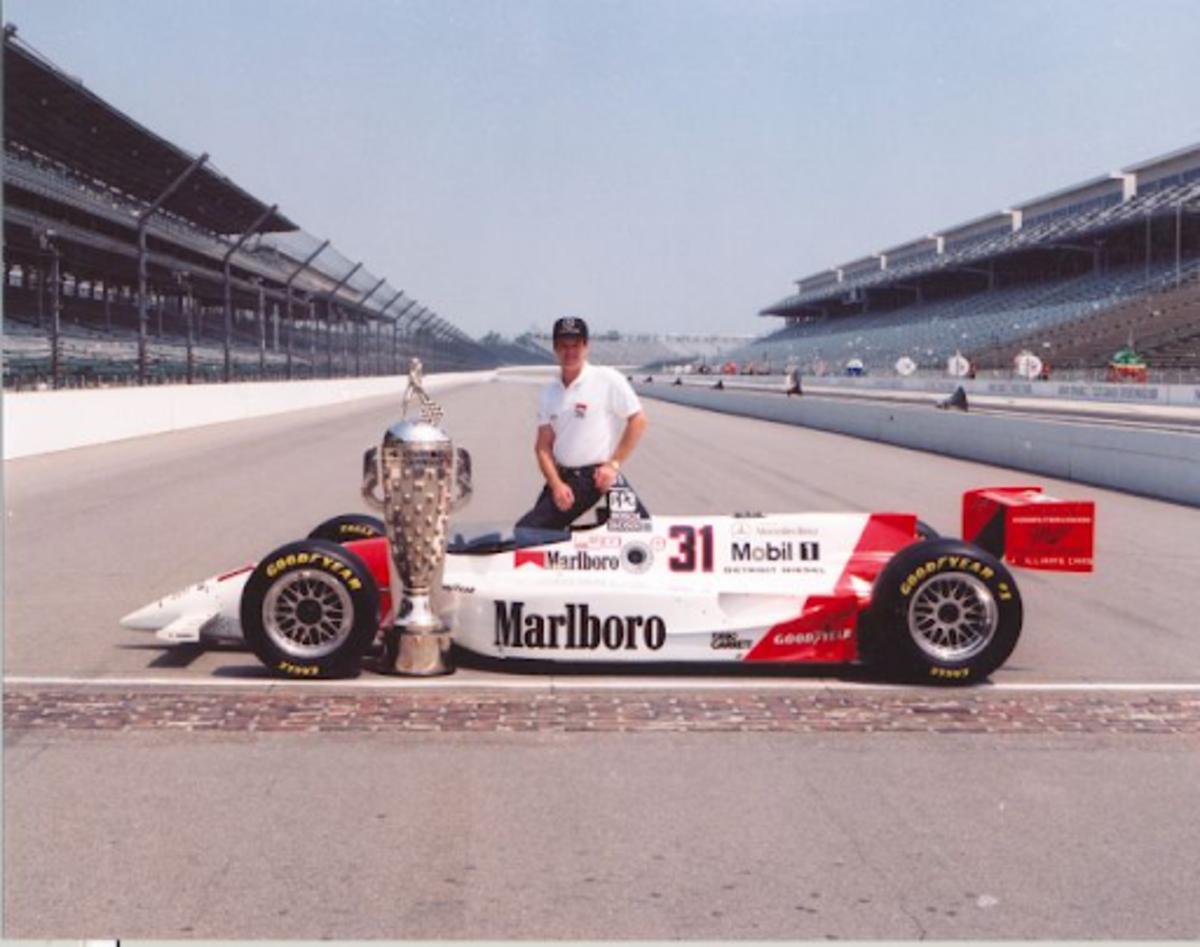
From 1990-2010, Marlboro adorned cars at Team Penske would win 3 Indianapolis 500s (1991, 1993, and 1994) and dominated the 1994 IndyCar season with 12 of 16 race wins, and a 1-2-3 sweep of the IndyCar championship.
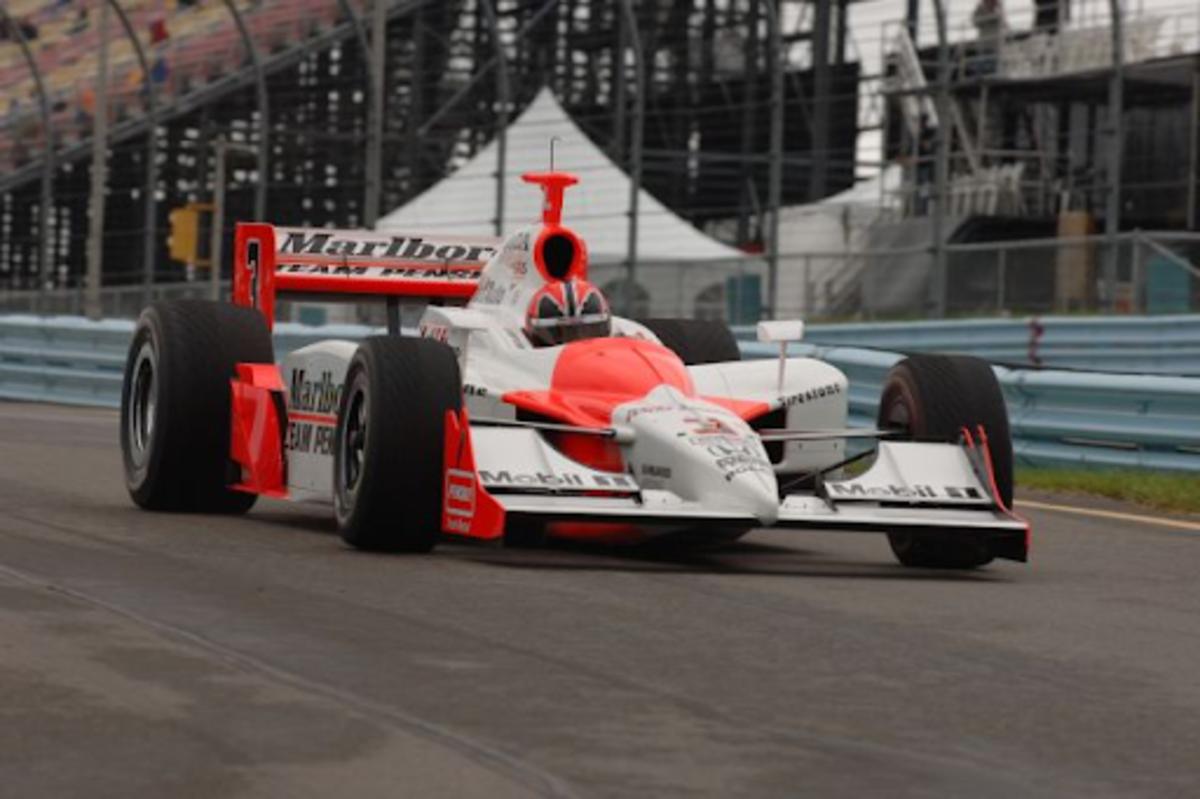
The final death knell for racing sponsorships for tobacco companies came with the multi-billion dollar Master Settlement Agreement (MSA) between big tobacco and state attorneys general in 1995, after which, tobacco sponsorship was banned completely.
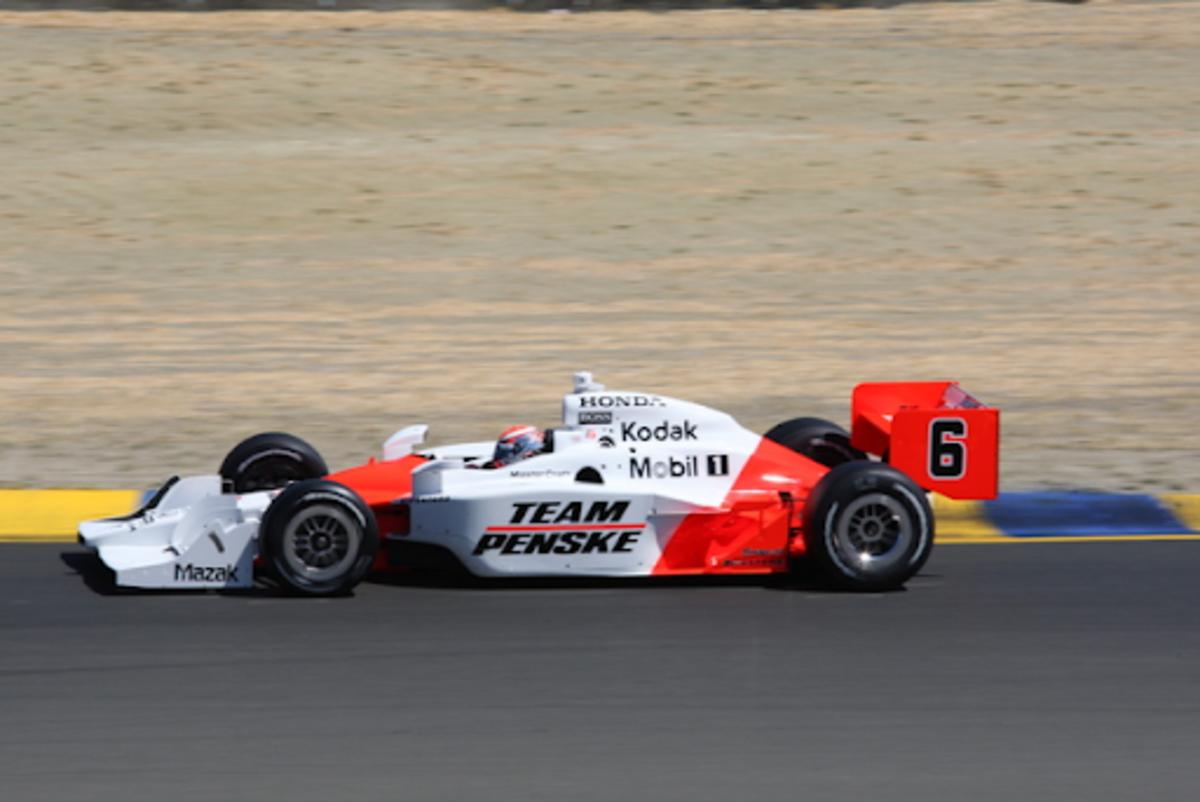
The Marlboro name disappeared from Team Penske’s cars as they transitioned from CART (which was allowed at the time to carry Marlboro branding as Marlboro’s one “chosen racing series”, to the Indy Racing League (though the livery featured the Marlboro colors for years afterwards). The final agreement between Marlboro’s then-parent Philip Morris and Team Penske ended for good in 2010, culminating a 21-year relationship.
**********
TARGET
Ironically enough, the Target sponsorship in IndyCar story starts right where the Marlboro one ends. Driven to purchase an interest in Patrick Racing in 1988, and after a year of mentorship under Pat Patrick, Chip Ganassi took over the team for good in 1990.
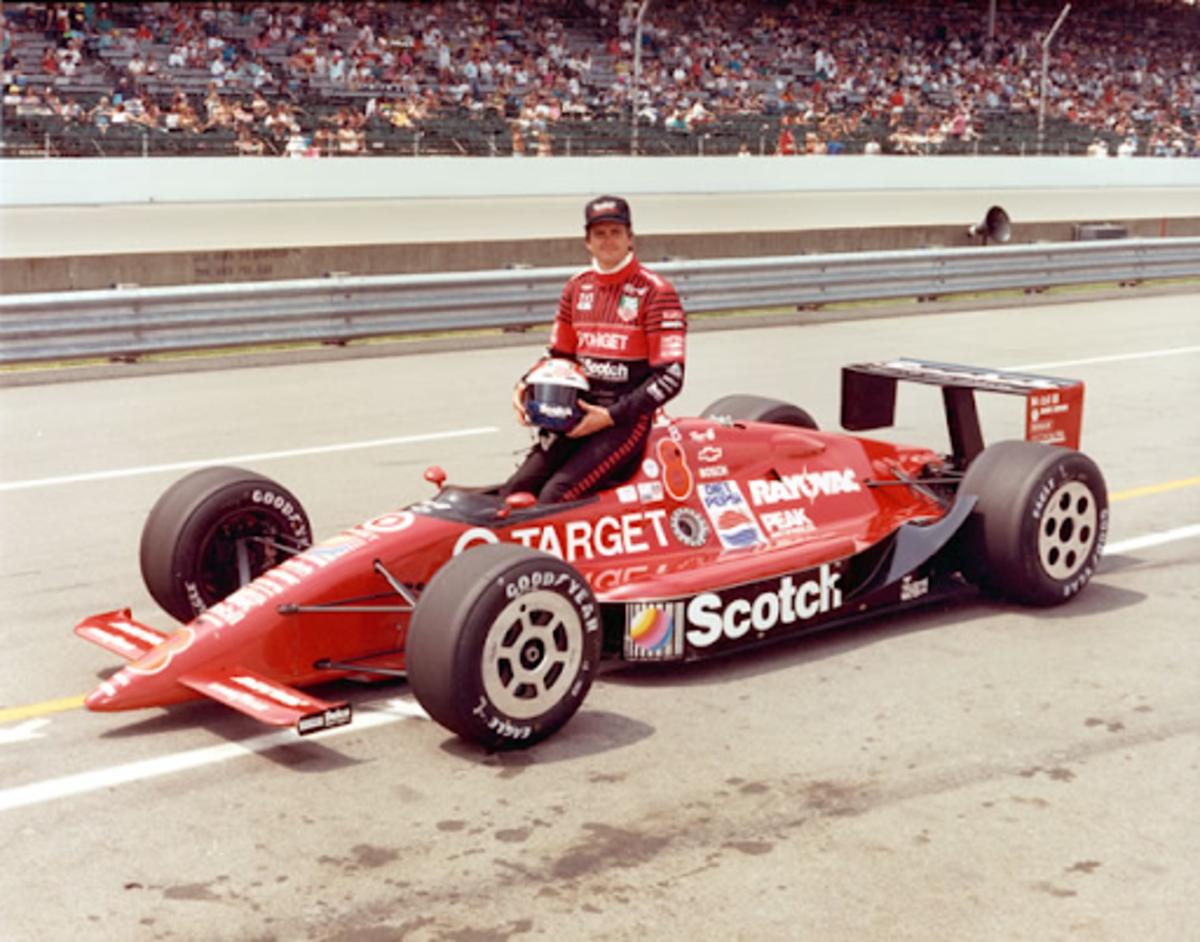
Ganassi’s bespoke team started humbly with one car driven by Eddie Cheever with Target sponsorship on the side, but would go on to be one of the most successful and long-lasting motorsports sponsorships ever.
The Target-adorned team would win 4 Indianapolis 500 races and an astounding 11 series championships with a Who’s Who of driving talent, including Alex Zanardi, Juan Pablo Montoya, Jimmy Vasser, Bryan Herta, Scott Dixon and Dario Franchitti.
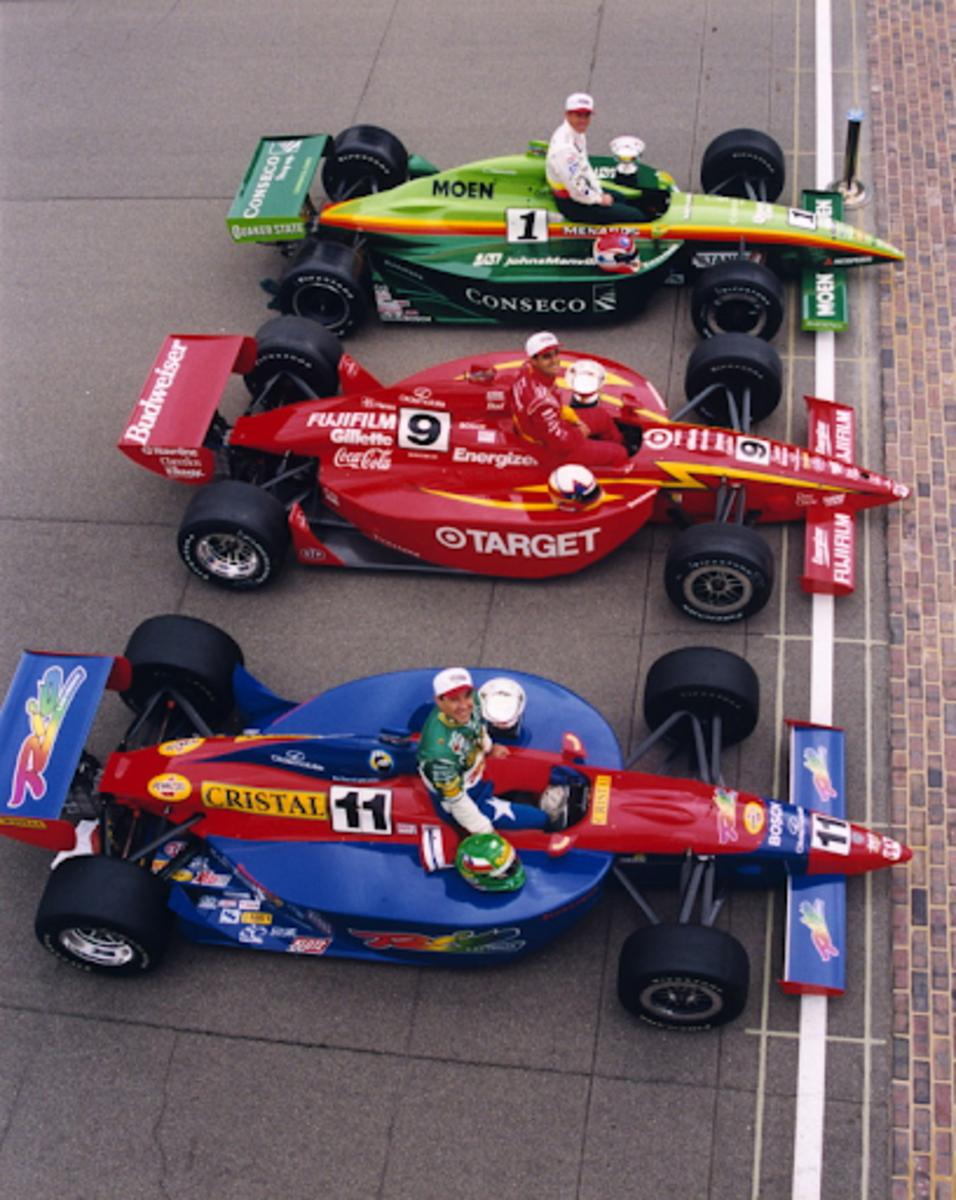
The zenith of the relationship featured the iconic anniversary livery with No. 50, in honor of Target’s 50th anniversary, that won the 2012 Indianapolis 500 with Franchitti at the wheel.
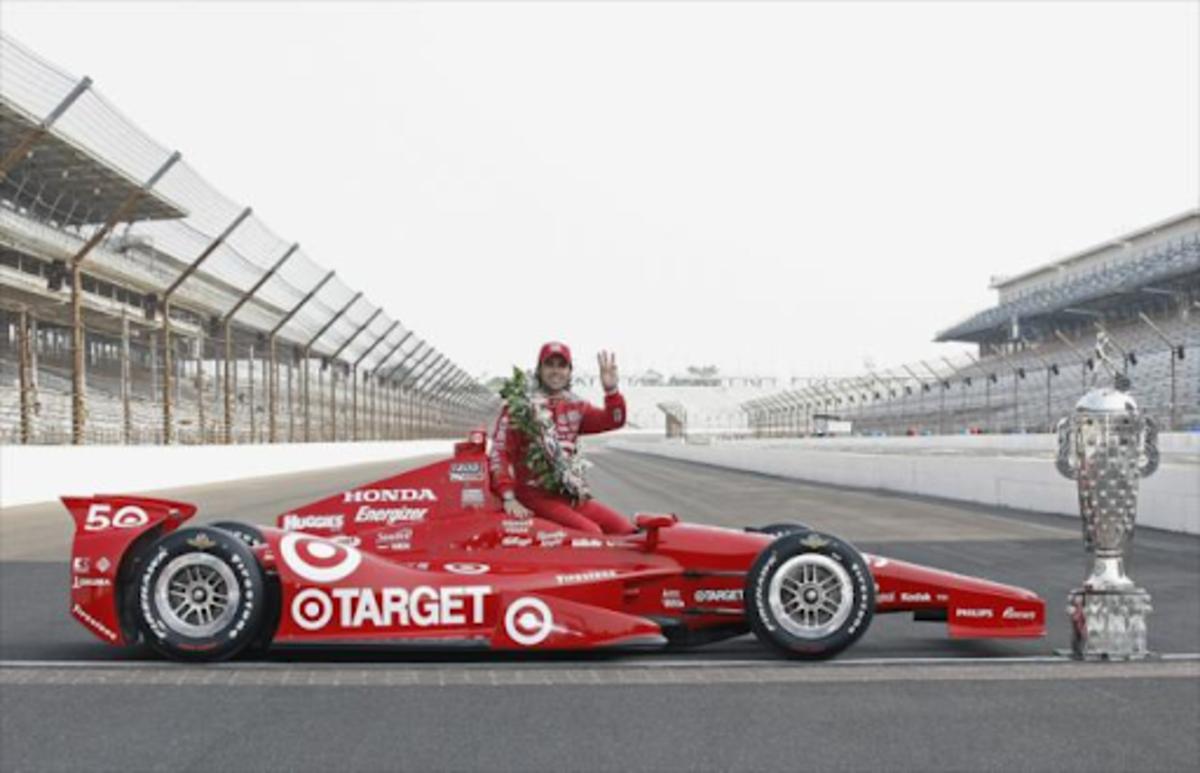
The bulls-eye and lightning bolt-laden cars finally disappeared at the end of the 2016 season, with Target changing its marketing direction and saying goodbye after 27 years with Ganassi Racing. To this day, you could be easily forgiven for saying Target Chip Ganassi Racing when you talk about the team, as the sponsorship spanned an entire generation of racing fans.
**********
BUDWEISER
The all-red Budweiser livery became a staple of IndyCar culture throughout the 1980s and 1990s. Its most familiar run in IndyCar started with Mario Andretti and Newman-Haas Racing in 1984, then became even more recognizable with Bobby Rahal, Scott Pruett and the Truesports Racing team, which was a frequent visitor to victory circle.
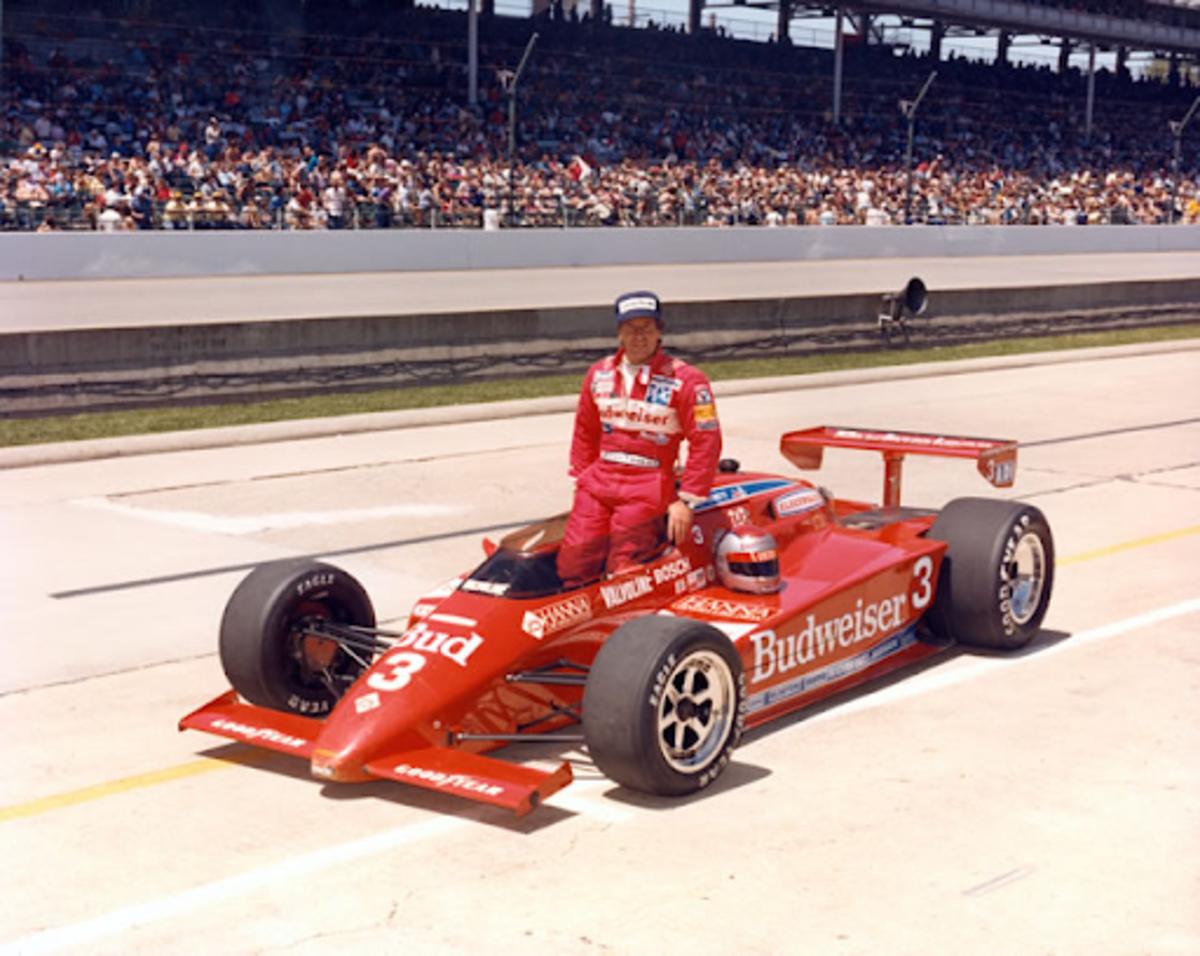
Budweiser's most notable triumphs included the 1986 Indianapolis 500, 18 other IndyCar wins and back-to-back driver championships with Rahal in 1986 and 1987. Sadly, Truesports closed up shop for good at the end of the 1992 season, with Rahal leaving to start Rahal-Hogan Racing (eventually morphing into today’s Rahal-Letterman Lanigan Racing) with some of the assets.
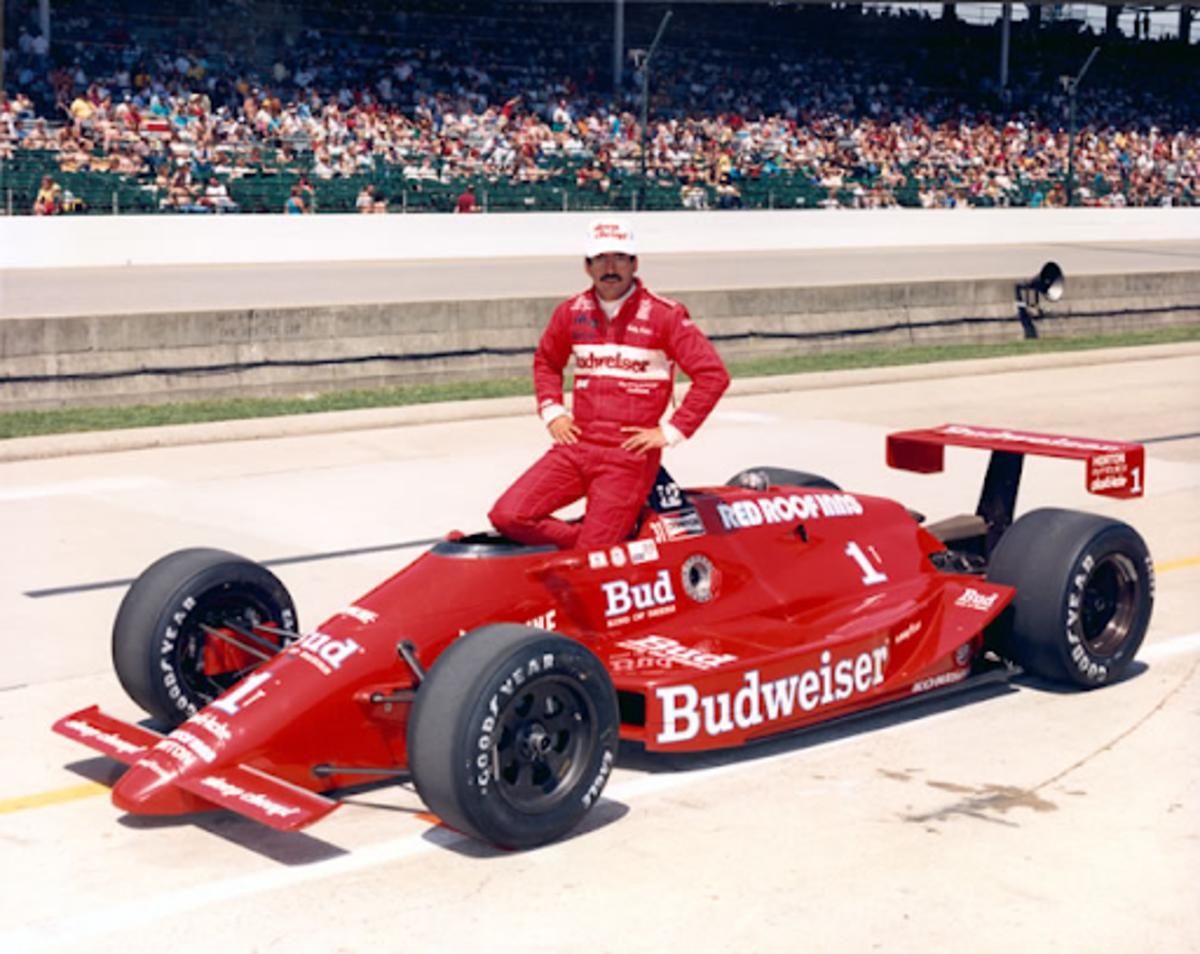
After the dissolution of Truesports, Budweiser switched from Truesports to Kenny Bernstein’s King Racing, which featured teams in NHRA Drag Racing, NASCAR and IndyCar. In 1993. Budweiser would appear on cars furnished for Al Unser, Roberto Guerrero, Scott Goodyear and Eddie Cheever. In 1994, after years of disappointing results, with only Scott Goodyear’s Michigan 500 win to show for its efforts, King Racing folded the IndyCar team and the NASCAR team the following year.
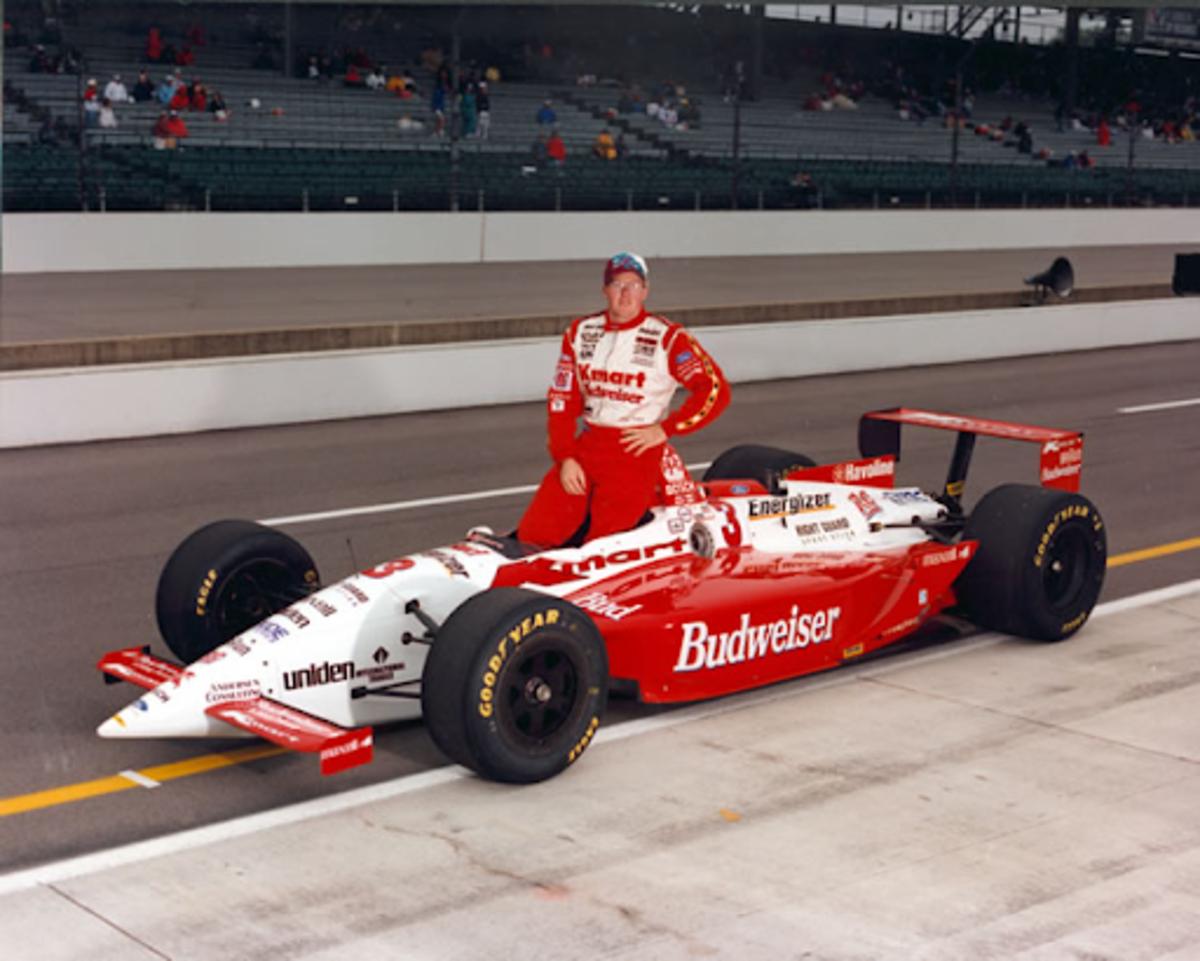
From there Budweiser carried its sponsorship to Newman-Haas Racing, running with Paul Tracy for his one season with the team in 1995, Christian Fittipaldi in 1996 and 1997, and then largely disappeared from IndyCar in 1998, deciding to focus on NASCAR going forward.
Budweiser has made one-off sponsorship appearances in IndyCar since then, including associate sponsorship of Juan Pablo Montoya’s 2000 Indianapolis 500 winning car, and a noteworthy family reunion with Graham Rahal in 2012 and 2016. The all-red Budweiser livery was also run in tribute by the younger Rahal during the 2021 season.
It’s 86 Days until the #Indy500 and we would like to present @GrahamRahal’s @TOTALUSA @IndyCar livery for #RLL30.
— Rahal Letterman Lanigan Racing (@RLLracing) March 5, 2021
The look is reminiscent of @BobRahal’s 1986 Indy 500-winning, all-red livery & it looks 🏎🔥🔥🔥
Graham will compete at the @Portland_GP & @GPLongBeach in this 🚀 pic.twitter.com/XLyMyBPf6z
**********
DOMINO'S PIZZA
One of the most memorable liveries in IndyCar history, the No. 30 Domino’s Pizza “Hot One”, first appeared in IndyCar with Doug Shierson Racing, featuring driver Howdy Holmes, in 1982.
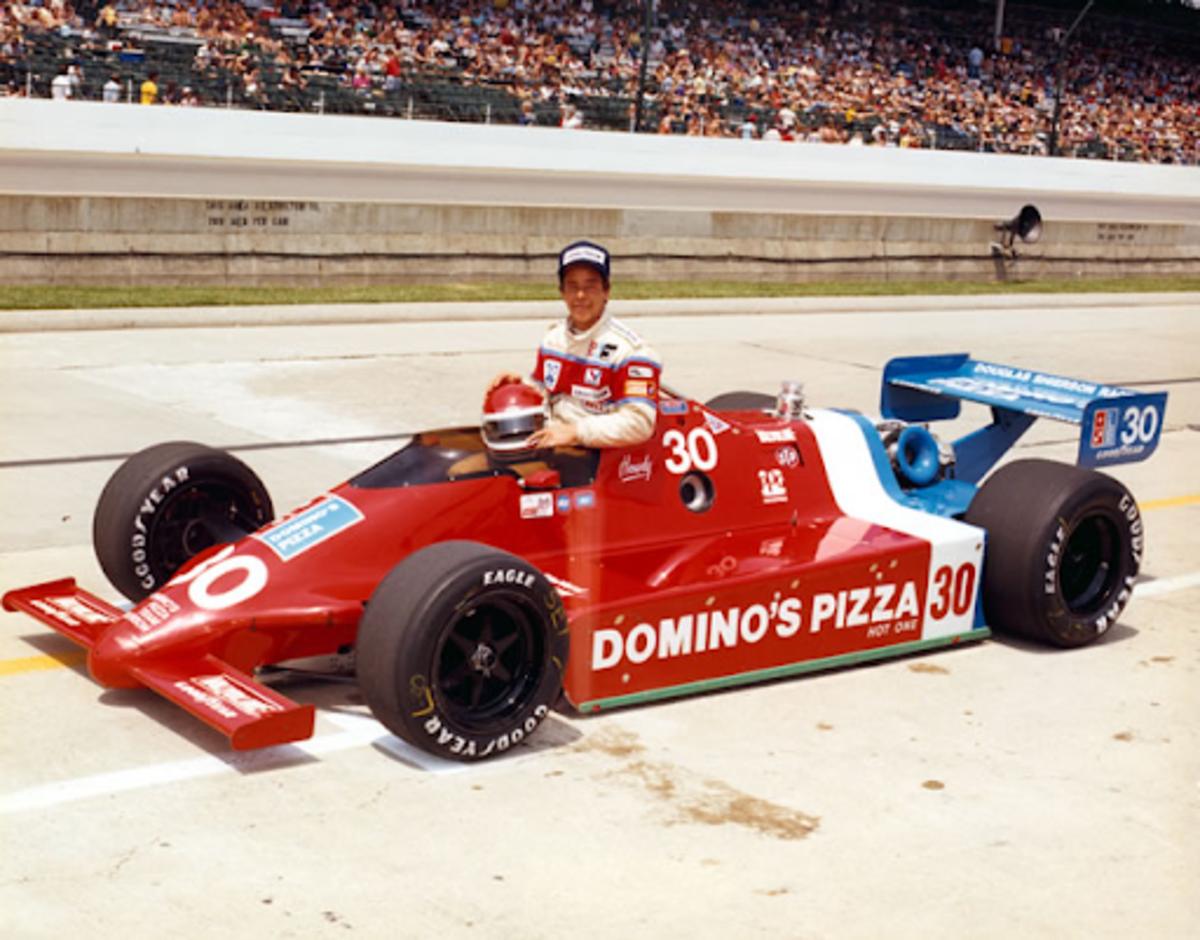
After two seasons, Holmes moved on and was replaced by Al Unser Jr, who would bring the team its initial success.
But the team would best be known for Arie Luyendyk’s surprise 1990 Indianapolis 500 win. The deal issued a temporary stay of execution on Domino’s sponsorship. A poll taken just before the race showed the majority of Domino’s franchisees did not want to continue in racing.
By the end of the season, the writing was on the wall. Shierson sold 50 percent of the team to Bob Tezak, creator of the UNO Card game, in late 1990, and Domino’s Pizza owner Tom Monaghan confirmed that Domino’s would leave at the end of the 1990 season.
Why the exit? It may have been the fact that Domino’s started facing legal issues stemming from its “30 Minutes or Less or It’s Free” delivery policy, which was causing accidents across America. The visuals of race cars going more than 200 mph evoking this, combined with the cost of fighting the litigation, likely factored into the decision.
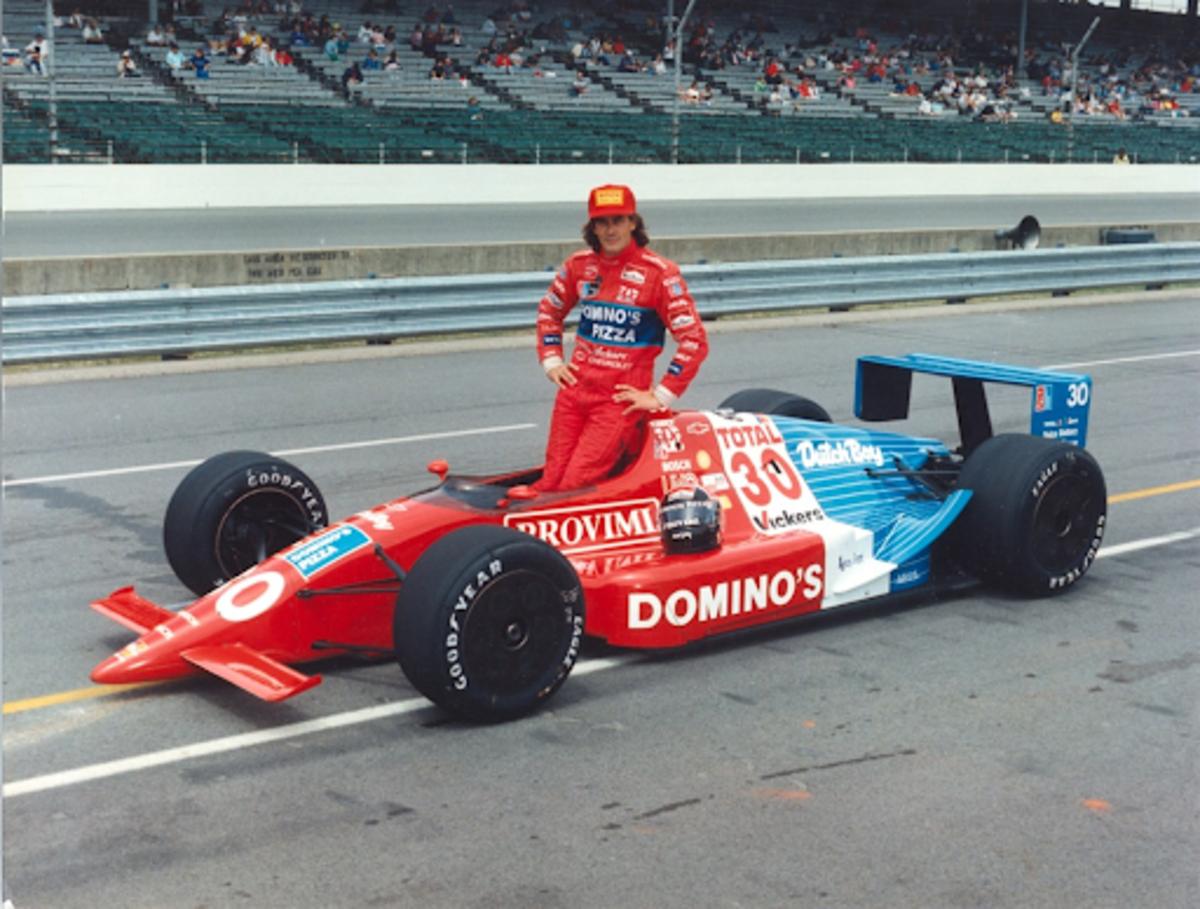
Tezak then merged the team with Vince Granatelli, son of iconic car owner Andy Granatelli, to create UNO-Granatelli Racing. Tezak later pulled out after not paying the bills, and Granatelli ran the team pretty much out of his own pocket.
His battle with Total Petroleum to keep their logos off the car stemmed from a sponsorship deal they made with Tezak before he sold the team, of which, presumably, Granatelli and Luyendyk saw little of the proceeds from. Within all of this drama, Luyendyk managed to eke out two victories during the year on a car that was largely blank.
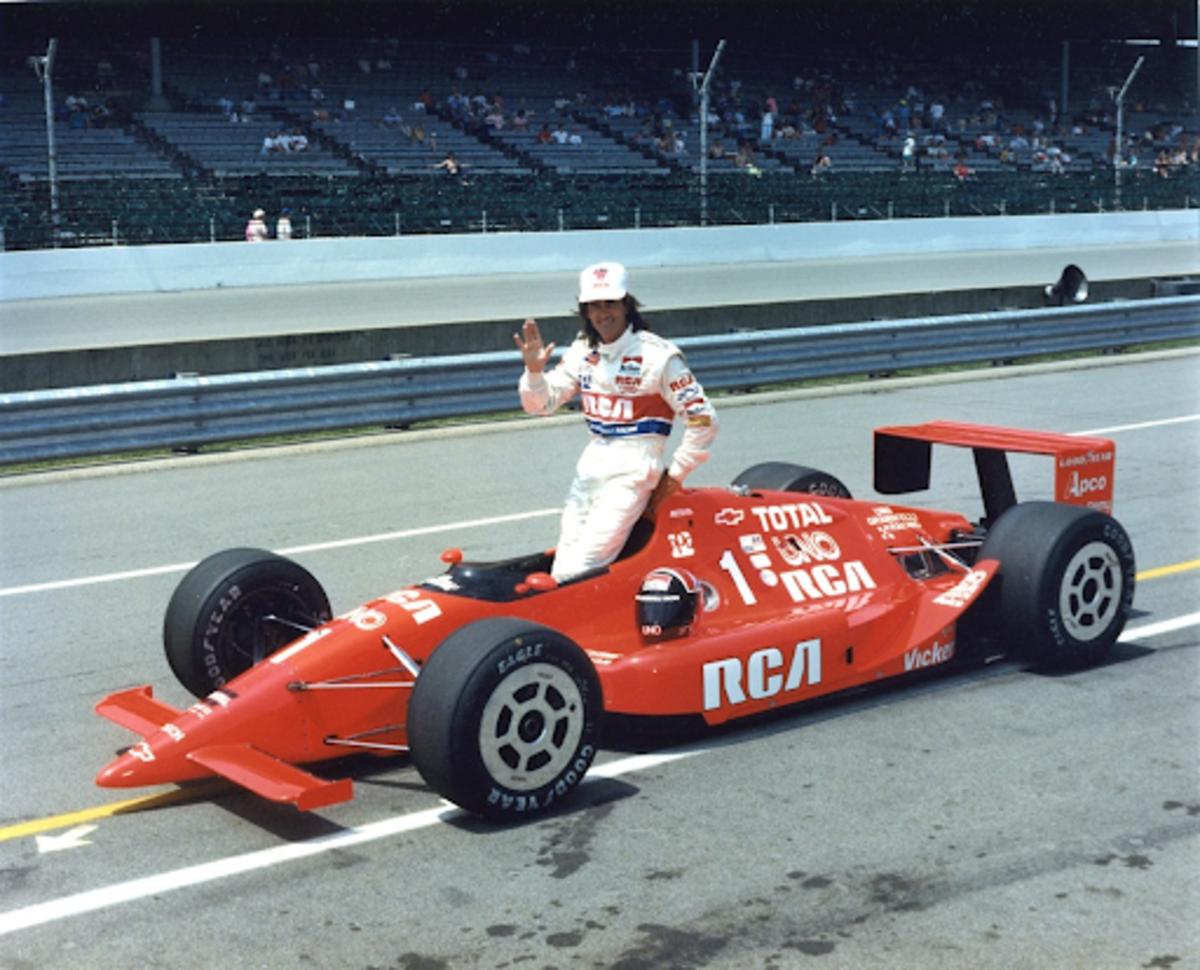
Overall, the sponsor drama ended up being too much for everyone and the team folded at the end of the 1991 season.
**********
We hope you enjoyed this look back as much as we did! Missing any other iconic sponsors over liveries you’d like us to share? Tell us in the comments or write us at AutoRacingDigest@Gmail.com and we’ll continue the series with a new edition!
